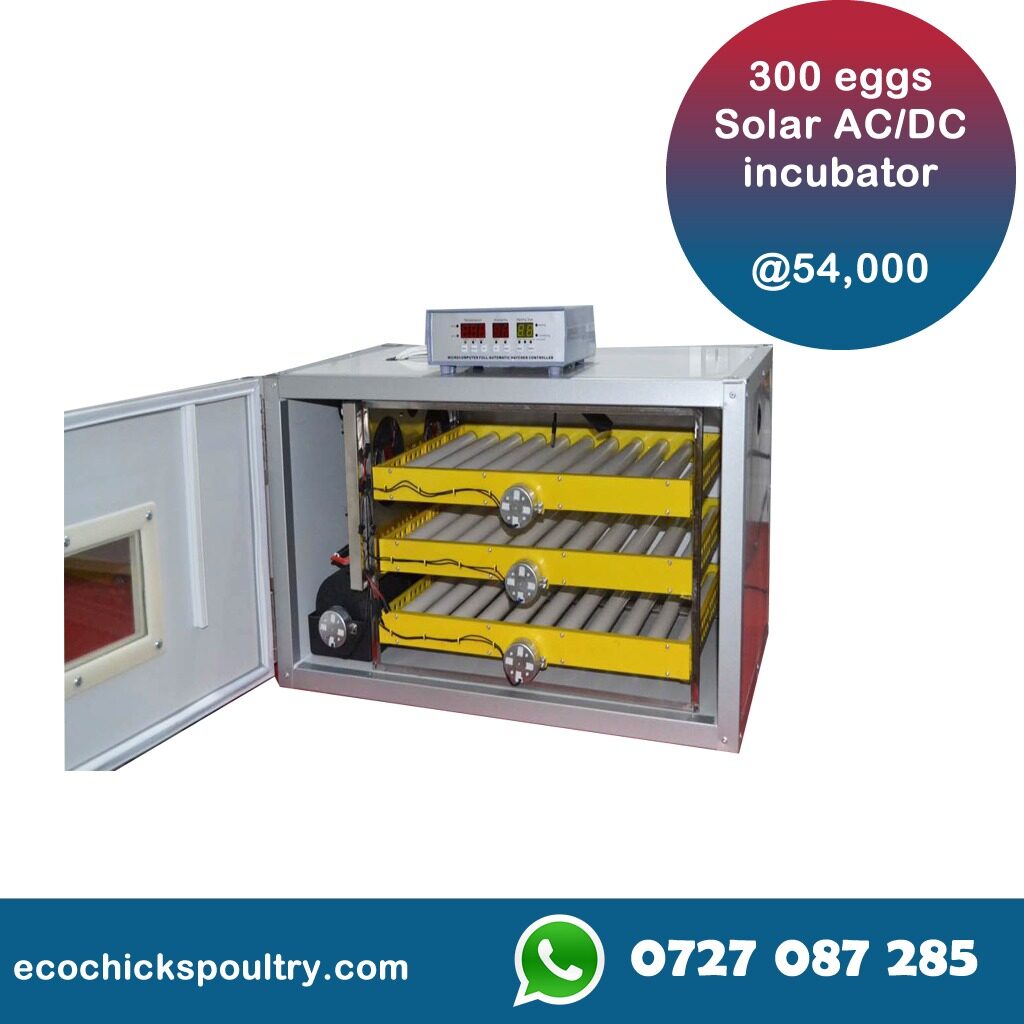A solar-powered egg incubator is an egg incubator that uses solar energy to power its functions. It is an environmentally-friendly alternative to traditional electric egg incubators and can be used in areas with limited access to electricity. Here are some components of a solar-powered egg incubator:
- Solar panels: Solar panels are the primary component of a solar-powered egg incubator. They capture sunlight and convert it into electricity that powers the incubator.
- Battery: A battery stores the solar energy that the solar panels generate. It provides power to the incubator when there is no sunlight or during the night.
- Thermostat: A thermostat controls the temperature inside the incubator. It regulates the amount of heat produced by the heating element or adjusts the ventilation system, depending on the temperature inside the incubator.
- Hygrometer: A hygrometer measures the humidity level inside the incubator. It ensures that the humidity level remains at the correct level throughout the incubation process.
- Egg trays: Egg trays are used to hold the eggs inside the incubator. They come in different sizes to fit various egg types.
- Turner: A turner is a device that rotates the eggs to prevent the embryo from sticking to the inside of the shell. Some solar-powered incubators have a built-in turner, while others require manual turning.
- Ventilation: A ventilation system allows fresh air to circulate and carbon dioxide to escape. It ensures that the eggs receive enough oxygen and carbon dioxide levels are kept in check.
Solar-powered egg incubators come in different sizes and capacities, ranging from small, portable units to larger, stationary models. They are ideal for use in remote areas, where access to electricity is limited or unreliable, and can help promote sustainable and eco-friendly agriculture practices.

